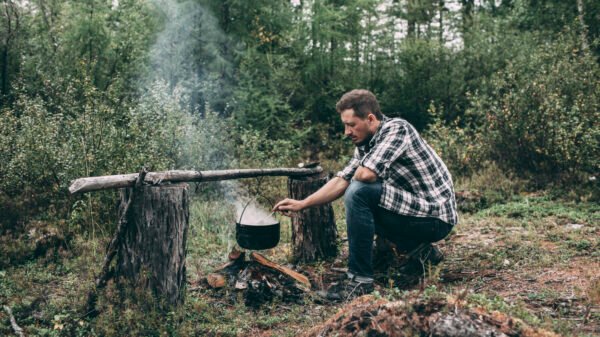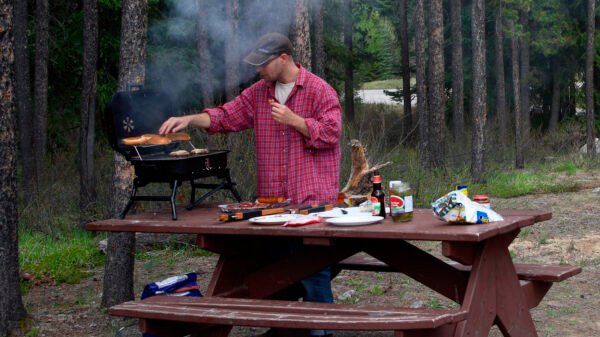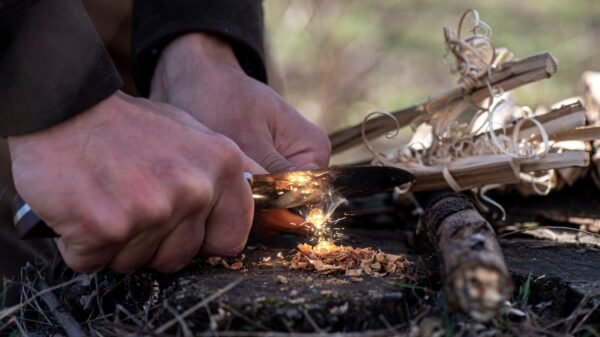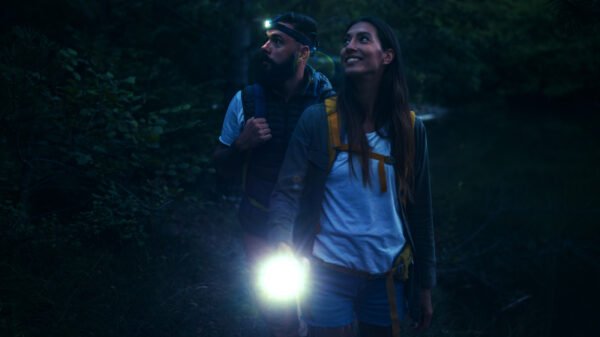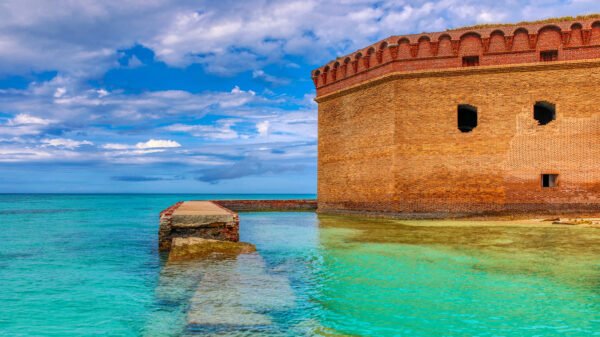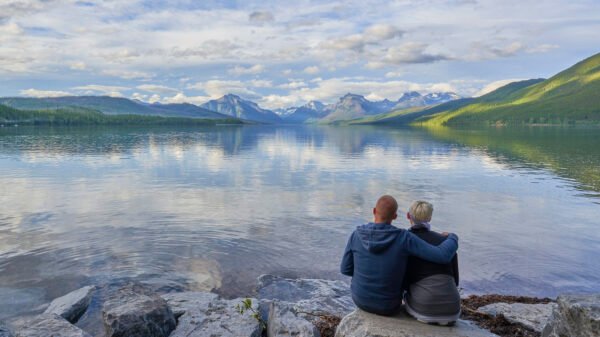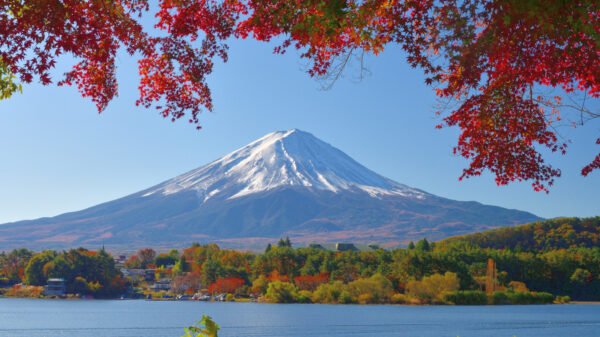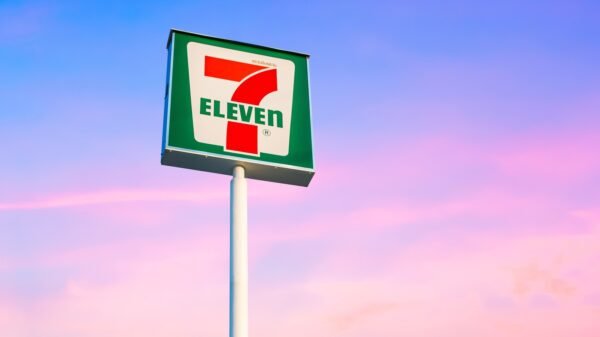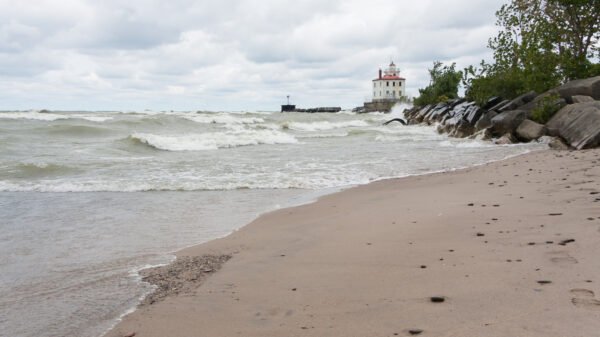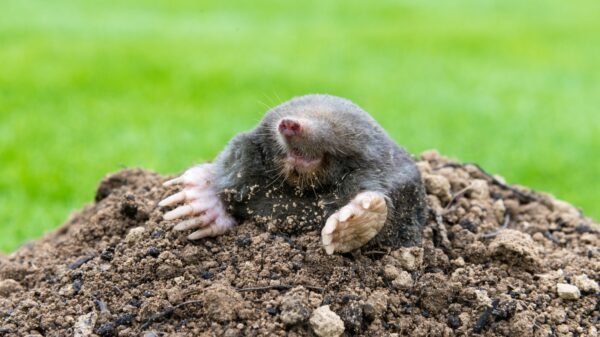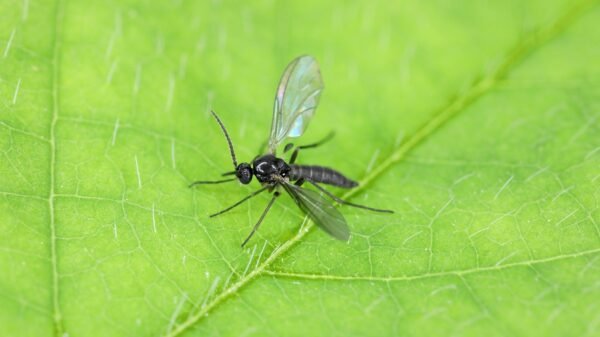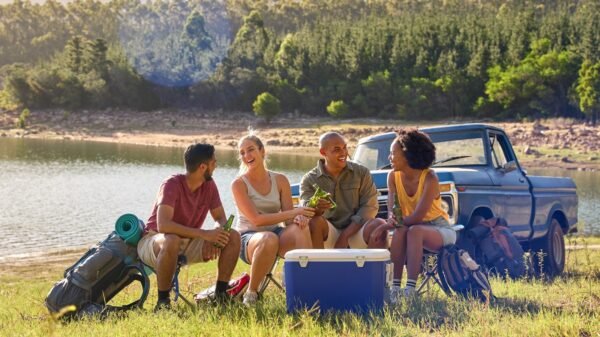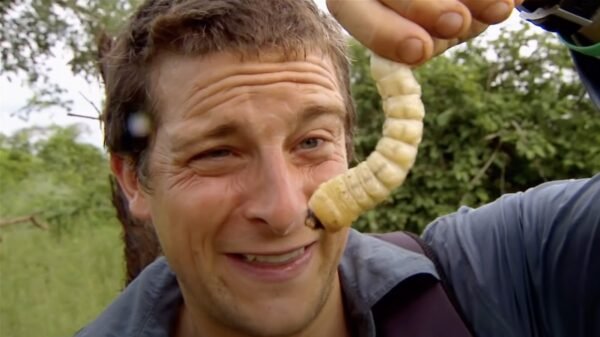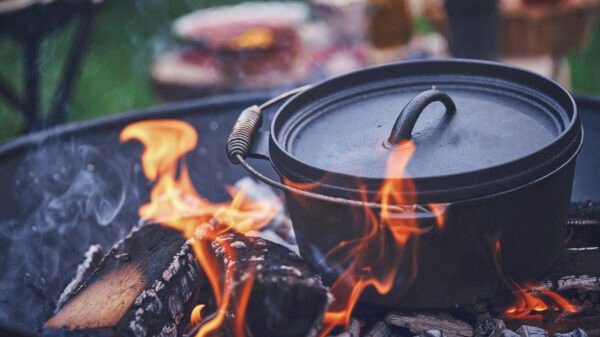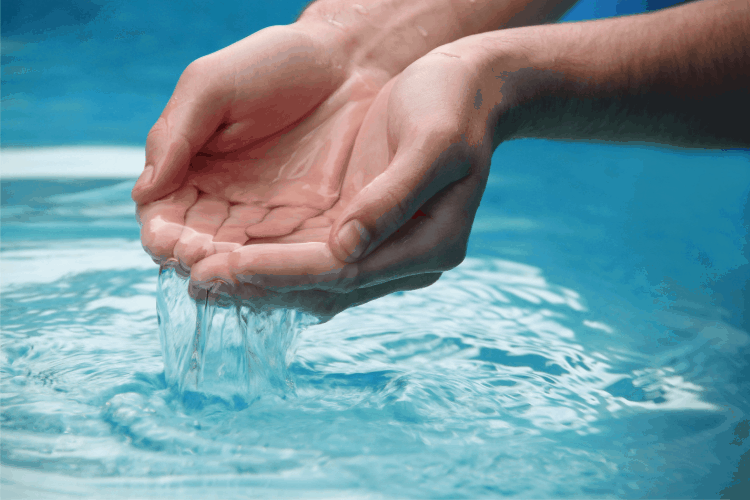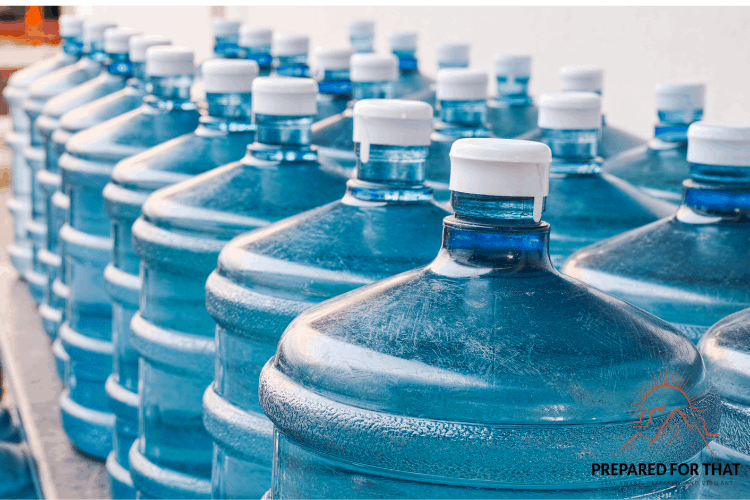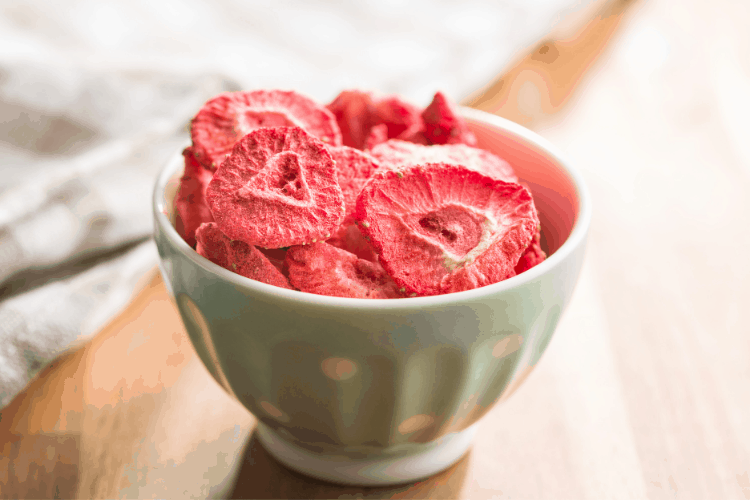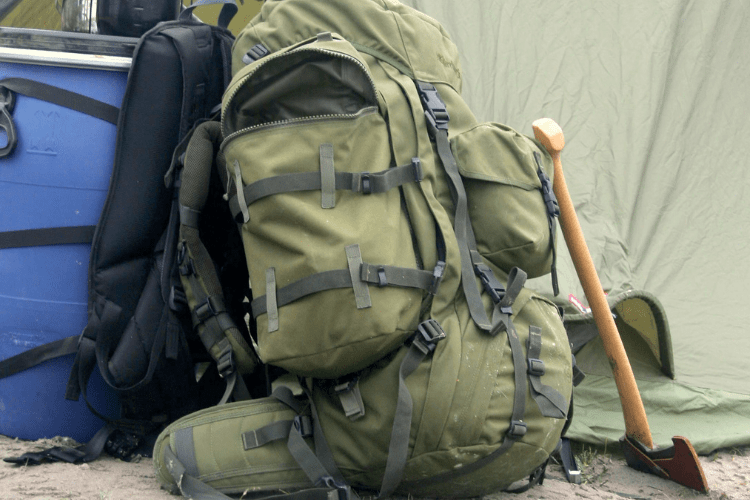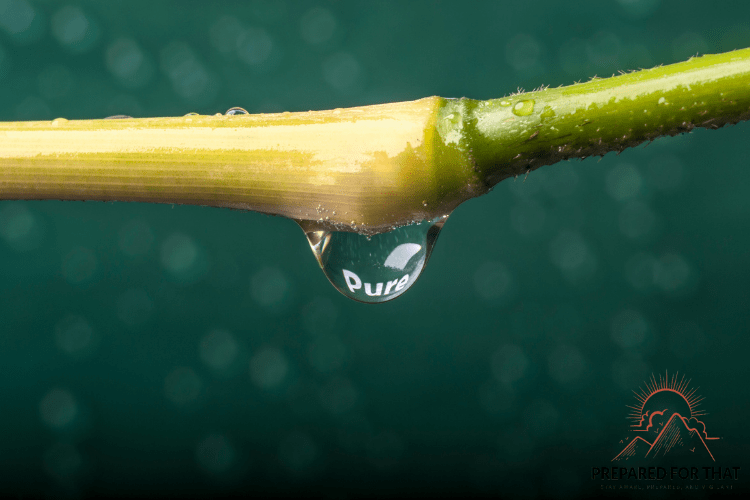When it comes to having water in an emergency, the best defense is a good offense (or vice versa? To be honest, the metaphor is pretty convoluted here). The best thing is to know how to purify stored water for emergency water supply before the stuff hits the fan. For more info on that, check out our article on emergency water supply per person.
Suppose you are caught unprepared, or your initial supply has run out. What then? My friend’s answer is finding a natural water source to filter and purify.
We do that by going out and finding a well, stream, river, lake, or whatever. Start with the cleanest salt-free water available, and go with cold and run over warm and stagnant if possible.
But wait- you don’t want to drink it just yet! That water is likely contaminated with things that could make you sick, and we need to remove those if we plan to drink it.
What are the Dangers of Contaminated Water?
There are 2 types of possible contaminants we need to worry about: pathogens and pollutants.
The largest type of pathogen is protozoa (the largest of microorganisms), ranging from 1-16 microns (a micron is 1/1000 millimeters). Some protozoa we need to worry about are parasites such as Giardia Lamblia and Cryptosporidium.
Bacteria are medium-sized pathogens, which range from 0.2-10 microns. Some bacteria we need to worry about are Ecoli, cholera, and salmonella.
Viruses are the smallest pathogens, ranging from 0.02-0.1 micros. Some of the viruses we need to worry about are Hepatitis A, Norwalk, and Polio.
Pollution is pretty straightforward- any human-made substance harmful to the human body. Chemicals, fuels, and sewage all fall into this category.
Drinking contaminated water can lead to fever, fatigue, cramps, dehydration, nausea, and diarrhea, and even fatal to those with weakened immune systems. Not something you want to deal with in an already stressful survival situation.
To eliminate these contaminants, we need to engage in a 2 step process- We’ll want to filter the water and then purify it.
Best Practices for Water Purification and Disinfection
This step is about filtering impurities from a source of water. Filtering methods will remove free-floating particles and some microorganisms but won’t remove some chemicals, odors, or pollutants. The larger the particles are, the easier it is to filter, and the smaller they are, the harder to filter.
For the smaller contaminants, we need to get more creative. For larger particles and debris, strain with a paper towel, clean cloth, or coffee filter. That’s the easy part.
Some Common Substances Used For Filters:
- Ceramic: the best but most expensive filtering method. It has the smallest pore size (0.1-0.5 microns). The Red Cross and the World Health Organization used them.
- Glass fiber or compressed surgical paper: next best (.2-1.0-micron pore size), much cheaper.
- Hard-block carbon: larger pores (0.4-2 microns), not as good at filtering particles or microorganisms, but has the added benefit of absorbing some chemicals, odors, and pollutants. Not effective on its own, but great as a 2nd or 3rd stage filter.
After filtering, we’ll want to purify the water to eliminate the tiny contaminants.
Purification Methods of Drinking Water
These methods will kill most, if not all, microorganisms. They generally won’t remove pollutants and odors.
Boiling: boiling water for 10+ minutes will kill all pathogens, and it’s cheap and easy. There are downsides to it, though- it requires fuel and electricity that may be unavailable, some of the water will be lost as steam, it requires a long cool downtime, and it’s impractical for purifying anything other than small amounts of water.
Iodine: A disinfectant, very good at killing most pathogens, and inexpensive. Dosages will vary, and pregnant women should avoid water purified with iodine. Also, it’s not recommended for long-term use. Use the common 2% iodine solution; use 3 drops per quart of clear water and 6 drops per quart of cloudy water. Stir and allow to sit for 30 minutes before using/filtering again.
Chlorine: Another disinfectant option. Chlorine is very poisonous, so make sure to use the correct amounts to choose to use it. Use regular household bleach with 5.25% sodium hypochlorite. Avoid anything scented or with added cleaners. Add 8 drops of bleach for every gallon of water, stir and let sit for 30 minutes. The water should have a slight bleach odor. The water will clear, and dirt and particles will settle on the bottom.
Ultraviolet: There are UV lamps available that can kill pathogens pretty effectively. The UV sterilizes the microorganisms, and if they can’t reproduce, they can’t make you sick. It won’t eliminate debris, chemicals, or pollutants, so it makes a great 2nd or 3rd stage of purification but isn’t effective on its own. And it requires electricity to run, which may not be available in an emergency.
Solar Still: the idea is to wrap a clear, plastic sheet of some kind over a source (seawater, plants, the ground). Solar energy passes through the sheet and warms the source. Water evaporates, collects on the sheet, and runs down the plastic into a container for storage. Solar stills are cheap and very effective at distilling pure water. The process is prolonged, though, and only small amounts of water can be collected daily.
After filtering and purifying the water, it should be safe to drink.
Sources:
https://www.cdc.gov/healthywater/drinking/public/water_treatment.html


